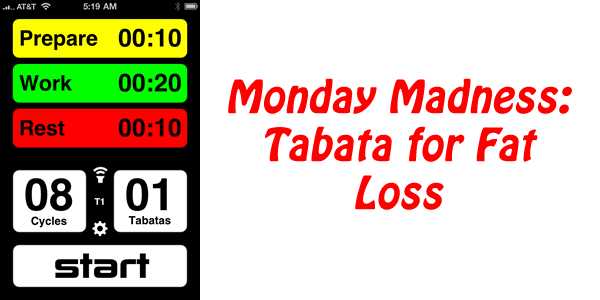
Goal setting is a process. I have been attempting to teach that to you over the past month with my articles on Setting Goals for Fitness and Bodybuilding, My Goal Planning Analyzed Step-by-Step, and How to Set Long Term Goals. Today I want to discuss how to break your goal into manageable pieces and why that matters.
Long Term Goal = Daunting Task
As discussed in a previous segment in this series, I have spoken to many people who want to lose 100 pounds or more. They all think they are just going to change some things and they will start dropping the pounds. Well, goals like this are definitely long term and they take so much time to accomplish. I estimate most people would take more than a year to lose 100 pounds (though some could do it slightly sooner). How do you stay motivated that entire time? A long term goal needs to be broken down into manageable pieces because that will give you baby steps to celebrate along the way.
When I travel long distance in a car I always pay attention to milestones. These milestones make the trip go by faster. Goals are no different. Setting some milestone goals will help you achieve the bigger goal by keeping you focused on the daunting task you've undertaken.
A Goal is a Project
I follow the time management system called Getting Things Done. No, that's not some kind of joke, it is an actual system designed by David Allen. In that system anything that takes more than 2 steps to complete is a project. Think of a goal as a project and come up with a project plan. That project plan is going to involve breaking the goal down into smaller chunks and setting due dates for those smaller chunks. It is important for your continued motivation that you do this. Treat a goal like a project that must get done and you will get it done.
A Goal Has Consequences
All goals have consequences. Either you accomplish them or not. However, how much more likely would it be that you complete the goal if you were to have a positive consequence for accomplishing it and a negative one for not accomplishing it? I did this when I wanted to drop weight. I entered a bodybuilding competition and told every single person I knew that I would be up on stage fat or in shape. Clearly being fat and in front of a couple thousand people wasn't my idea of fun, so I worked harder than I ever have before and I made my goal happen.
Conclusion
Goal setting is sort of an art, but accomplishing them doesn't have to be. Break your goal into more manageable pieces and treat it like a project and you will see the results. Good luck!




